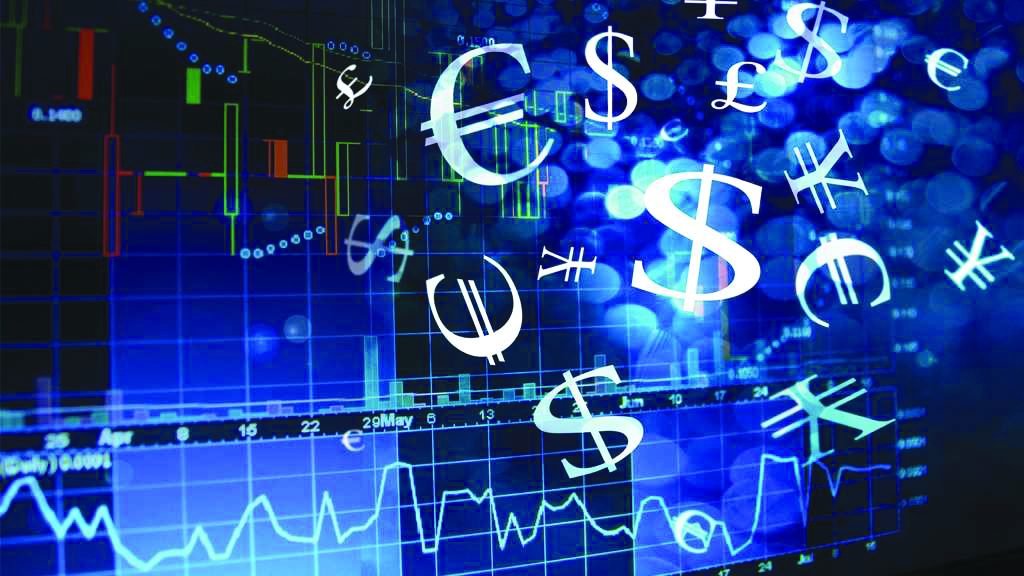
The rupee may make some recovery against the dollar next week, as the government has taken the tough decision of removing fuel subsidies in a phased manner to discourage the demand, dealers said.
The rupee hit the historic low of Rs202.01 on May 26, 2022 against the greenback owing to a sharp decline in the foreign exchange reserves and the widening current account balance.
Besides, the local currency was also under pressure due to a delay in the release of the International Monetary Fund (IMF) tranche under the Extended Fund Facility (EFF). The lending agency has asked the Pakistan authorities to remove subsidies on fuel and electricity to continue negotiations on a bailout package.
On May 26, 2022, the coalition government of the Pakistan Muslim League (PML-N) agreed to the IMF demand and announced a hefty increase of Rs30/litre in the petroleum products prices. Another price hike is on the cards to remove the subsidy completely to get the tranche.
However, the tough decision of the government has paved the way for the release of the IMF tranche. This will help the rupee recover against the dollar. The local unit after the decision recovered Rs2.25 to end at Rs199.76 on May 27, 2022 against the dollar from the previous day’s closing of Rs202.01 in the interbank foreign exchange market.
For the last one year, the local currency year remained under pressure due to weak economic indicators, including ballooning current account deficit, high import payments and depletion in the foreign exchange reserves. It lost Rs44.56, or 28.23 per cent, from Rs157.54 on June 30, 2021 to Rs202.01 on May 26, 2022.
On May 23, 2022, the State Bank of Pakistan (SBP) announced a sharp increase in the policy rate by 150 basis points to 13.75 per cent from 12.25 per cent, considering the weak economic indicators.
The central bank hiked the rate on the plea that after contracting 0.9 per cent in FY20 in the wake of the Covid-19 pandemic, the economy has rebounded much more strongly than anticipated, growing 5.7 per cent last year and accelerating to 5.97 per cent this year, as per the provisional estimates.
“At 13.4 per cent (YoY), the headline inflation unexpectedly rose to a two-year high in April and has now been in double-digits for six consecutive months. The inflation momentum was also elevated at 1.6 per cent (MoM) and the core inflation further rose to 10.9 and 9.1 per cent in rural and urban areas, respectively.
On the external front, notwithstanding some encouraging moderation in the current account deficit during April, the rupee depreciated further due to domestic uncertainty and the recent strengthening of the US dollar in the international markets; following tightening by the Federal Reserve.
The coalition government inherited serious economic challenges, including falling foreign exchange reserves and ballooning current account deficit. The PML-N led coalition government is negotiating with the IMF for a bailout package, amid the economic crisis.
Last week, the government announced to impose a complete ban on the imports to support the balance of payments position and help the rupee stabilise. However, these measures failed to provide desired results, as the exchange rate yet again deteriorated massively.
Experts said the massive fall in the foreign exchange reserves and high import payments were the major reasons behind the rupee fall.
Pakistan’s foreign exchange reserves eased to $16.15 billion by the week ended May 20, 2022. The foreign exchange reserves were at $16.161 billion on May 13, 2022.
The country’s foreign exchange reserves hit a record high of $27.228 billion by the week ended August 27, 2021. Since then, the foreign exchange reserves have depleted $11.078 billion.
The official forex reserves of the State Bank witnessed a decline of $178 million to $10.089 billion by the week ended May 20, 2022, compared with $10.164 billion a week ago.
The SBP’s foreign exchange reserves reached a record high of $20.145 billion by August 27, 2021. The official forex reserves also fell to $10.056 billion after reaching the record high. The official reserves of the SBP have been reduced to provide import payment cover for only 1½ months.
Meanwhile, the import bill of the country surged 46.41 per cent to $65.49 billion during the first 10 months of the current fiscal year, compared with $44.73 billion in the corresponding months of the last fiscal year.
Pakistan is a net importer of petroleum products to meet its domestic demand. The country’s energy bill was $17.03 billion during the first 10 months (July-April) 2021/22, compared with $8.69 billion in the corresponding period of the last fiscal year, showing a massive growth of 96 per cent. The oil bill is around 25 per cent of the country’s total import bill.
Catch all the Breaking News Event and Latest News Updates on The BOL News
Download The BOL News App to get the Daily News Update & Live News.








 Read the complete story text.
Read the complete story text. Listen to audio of the story.
Listen to audio of the story.